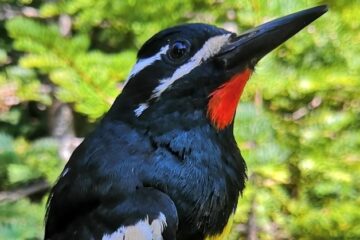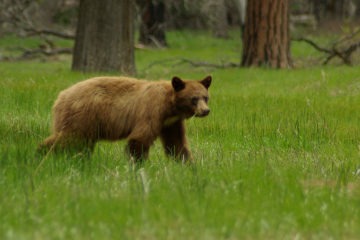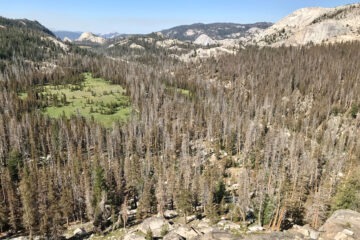Above: Olmsted Point, one of several spots volunteer Judy Johnson has gotten to know well as a Visitor Information Assistant. (Photo: Claire Meyler)
Judy Johnson, the winner of Yosemite’s 2016 Enduring Volunteer award, started coming to the park in the late 1980s. During one trip, she met a volunteer who introduced her to the Yosemite Association (one of two organizations that later merged to create the Conservancy). She joined the group, and started going on backpacking trips with its naturalist guides.
In 1992, Judy signed up for her first volunteer project with the organization: A summer work week in Yosemite Valley.
Most of our work week group consisted of new volunteers (like me) who had received a letter about the projects we’d be working on. Most of us — or at least some of us — focused on the section about “seed collection,” and ignored the rest of the details.
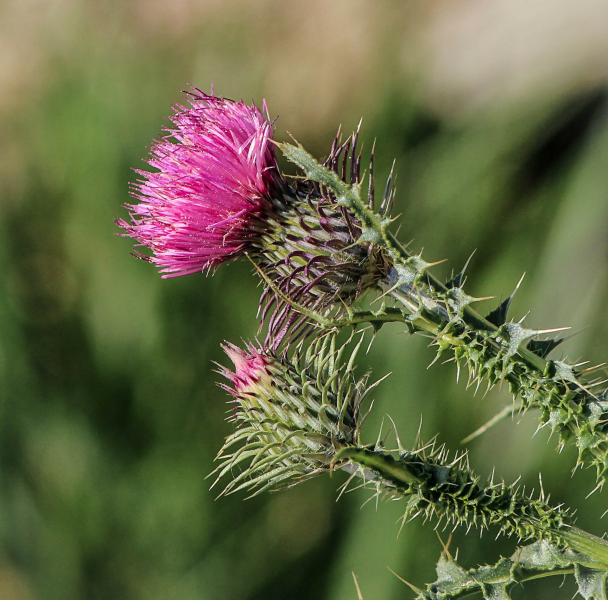 “Oh, how easy!” we thought. Not quite. That particularly hot July week involved much more than gently collecting seeds for planting projects. We cut down bull thistle, a hardy species that has long been a focus of invasive plant management in the park. We dug native plants out of the hard soil near Sentinel Bridge; the plants were used to revegetate the area when the bridge was rebuilt in 1993.
“Oh, how easy!” we thought. Not quite. That particularly hot July week involved much more than gently collecting seeds for planting projects. We cut down bull thistle, a hardy species that has long been a focus of invasive plant management in the park. We dug native plants out of the hard soil near Sentinel Bridge; the plants were used to revegetate the area when the bridge was rebuilt in 1993.
We embraced the challenges, and connected over our commitment to the park. To this day, some of us from that convivial group keep in touch, and even get together in Yosemite (including at the Conservancy’s 2017 Spring Gathering, a quarter-century after we first met).
Since that sweltering July experience, I’ve participated in many Conservancy work weeks, and have always found that my fellow volunteers share my love for Yosemite. Working together, we have installed fencing, pulled invasive plants, and helped with habitat restoration projects.
One memorable week involved removing social trails at Elizabeth Lake, south of Tuolumne Meadows. Our last day dawned dark and gloomy, but we trudged toward the lake (3 miles, 1,000-foot elevation gain) and went to work. As the morning wore on, it began to snow. The flakes picked up steam until we were facing near white-out conditions. At that point, our leader decided to call it a day — but first, we captured the moment in a group photo. We were all smiles, despite being cold and wet, and hit the trail equipped with another good story to tell our friends and family. There is something truly unifying about working hard and working together, despite the high country’s unpredictable (and sometimes uncomfortable) suite of hot sun, rain, snow, and mosquitoes.
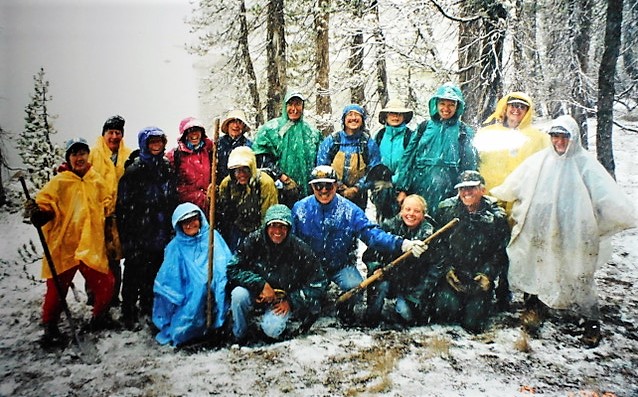
I’ve spent several summer seasons (mid-July to mid-August) assisting visitors at the Tuolumne Meadows Visitor Center, Olmsted Point and Parson’s Memorial Lodge, and falling into the routine of the monthlong volunteer crew. After work, we usually gather at one of our campsites to talk about the day. We pool our cooking skills for occasional potlucks, and sometimes feast on fresh trout thanks to a talented fisherman in our ranks. On days off, we head out for hikes, or go to the “big cities” of June Lake and Mammoth Lakes to dine and shop.
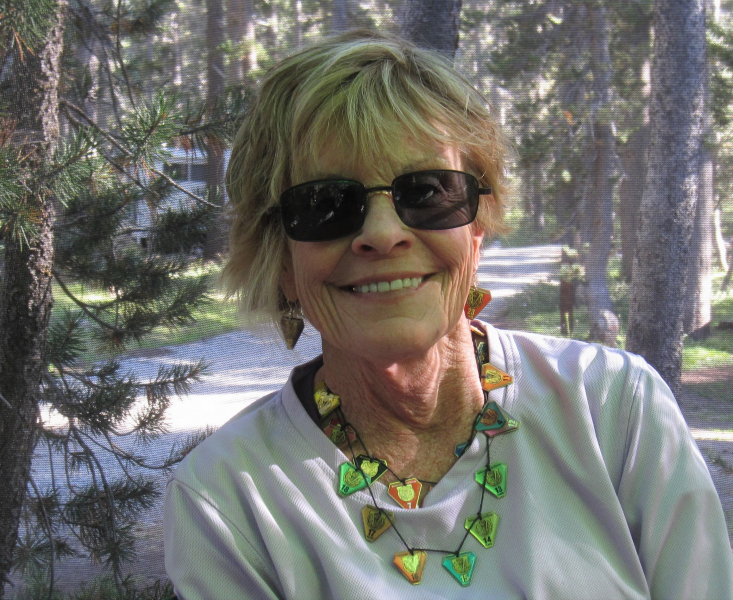 As a Visitor Information Assistant, I answer questions, offer suggestions and directions, and help people make the most of their Yosemite experience, even if they only have a few hours to spend in the park. We do our best to direct people to places that will give them a good sense of the landscape, within their time limit. That can be challenging — I’ve had to explain to visitors that the line on their map that looks like a Tuolumne-Half Dome shortcut is a tough hiking trail, not a road.
As a Visitor Information Assistant, I answer questions, offer suggestions and directions, and help people make the most of their Yosemite experience, even if they only have a few hours to spend in the park. We do our best to direct people to places that will give them a good sense of the landscape, within their time limit. That can be challenging — I’ve had to explain to visitors that the line on their map that looks like a Tuolumne-Half Dome shortcut is a tough hiking trail, not a road.
Serving in this role means serving people from all over the world, and I often wish I spoke other languages. One day, a young woman came up to me at Olmsted Point. “Where is the beer?” she asked, in heavily accented English. “They sell beer at the Tuolumne Meadows store,” I replied, pointing east. She repeated her question, pointing the other way. “Oh, you can also get beer at the Crane Flat store,” I said.
After a few minutes and much help from a fellow volunteer, we cleared up the confusion: She was asking about bears, not beers. The three of us had a good laugh, and I shared the guidance we give to all visitors: You probably won’t see any bears, but if you do, keep your distance and don’t disturb them. I might not always speak the same language as the visitors I help, but have found that good humor and a love for this beautiful park go a long way in creating connections.
Over the past 25 years, I’ve really enjoyed getting to know fellow volunteers, visitors, park rangers, and Conservancy staff. I hope to continue volunteering in Yosemite, whether for a week or a month at a time — and, of course, to keep meeting new people, learning new things about the park, and collecting more stories for the folks back home!
Thanks to the generosity of Yosemite-lovers like Judy, our volunteer program was able to connect with 400,000 visitors and contribute nearly $0.5M in donated labor to the park in 2016. We’re still looking for monthlong volunteers for our 2017 season, especially at Big Oak Flat. Click here to learn more and apply.

